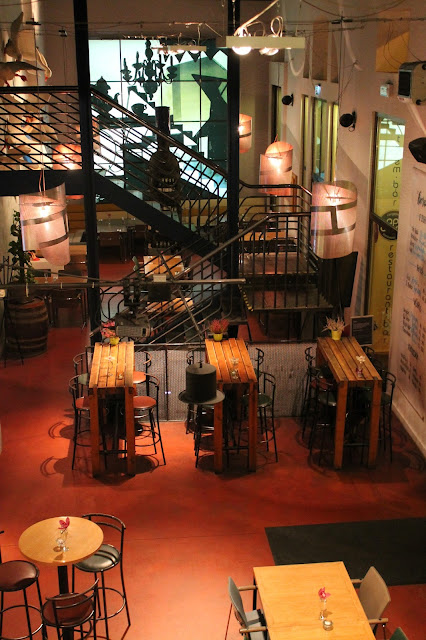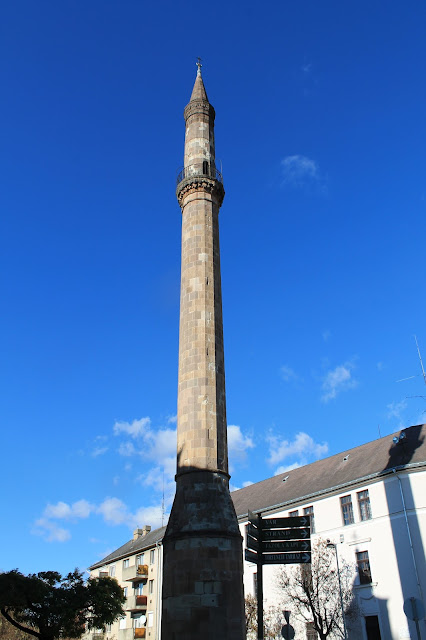 |
| Stunning murals and statuary on the corner of Vadász u. and Báthory utca. |
Báthory utca runs from Kossuth Lajos (Parliament) Square to Bajcsy-Zsilininszky ut, and building after building yields stunning architectural treats.
Báthory utca is named after Stephen Báthory, Prince of Transylvania and King of Poland during the 16th century. As well as managing to stabilise the region by playing the Holy Roman and Ottoman empires off each other, he was also famed for his religious tolerance, issuing decrees that condemned any kind of religious violence and offering protection to Polish Jews.
 |
| Tormented-looking titans flank a doorway on Hold u. |
From Classical murals, statuary and rose walls through ornate balconies and doorways to more rundown, pockmarked plaster... take a stroll along Báthory and revel in some of District V's random splendor.
 |
| Pockmarked but the grandeur still peeks through... |
 |
| 19th-century lions (and some more contemporary security systems) guard this balcony. |


















































